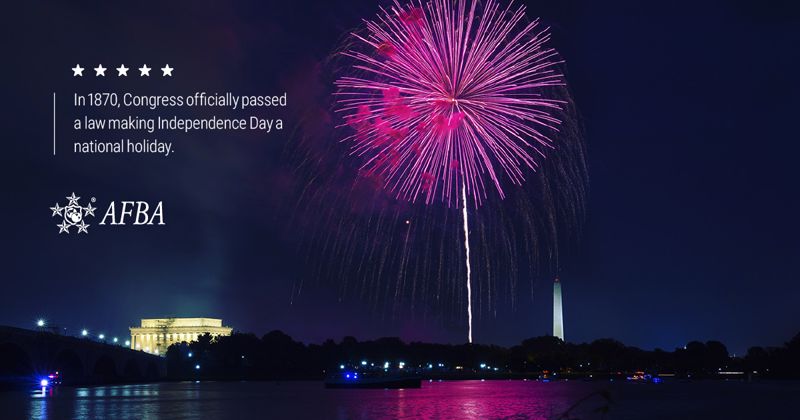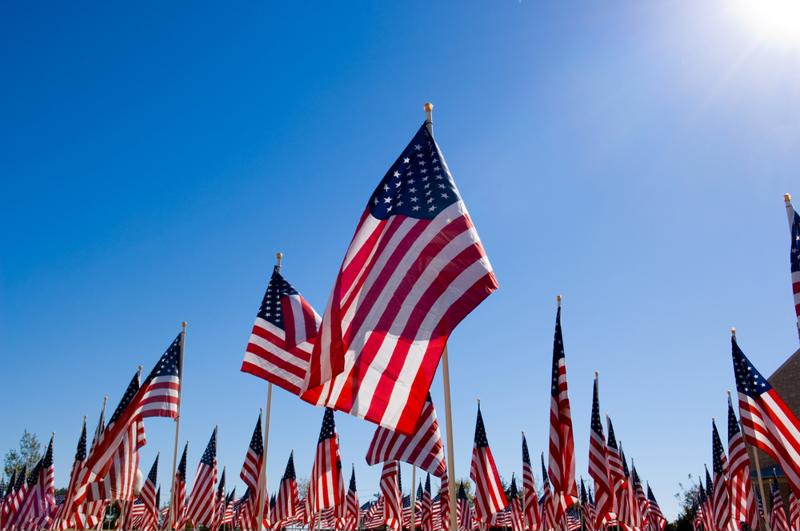The Fourth of July is arguably the most patriotic and exciting of the summer holidays. Americans look forward to the extended weekend, cookouts, and an evening of beautiful fireworks. The root of the July Fourth holiday lies in the passing of the Declaration of Independence by the Continental Congress in 1776. The original 13 colonies declared their autonomy from Great Britain and created the earliest version of the United States of America, which is certainly worth commemorating.
A brief history of America
Every proud American has a general idea why the fourth day of July is so special in U.S. history, but the ins and outs of our independence is not as cut and dry as you may think. In fact, this time in American history is so nuanced that there are historians who spend their entire careers studying the Declaration of Independence and the Revolutionary War. The average person does not need to have that level of dedication, but it may be worth taking the time to refresh your Independence Day knowledge.
A first draft
A year after the Revolutionary War began, the Continental Congress was receiving increased pressure to vote on the issue of independence. Initially the war had begun because the colonies were fighting for their rights and had no intention of declaring independence, but there was growing support for complete separation a year later. Because of this, a committee focused on the issue was formed in order to draft a formal statement. The committee was made up of Thomas Jefferson, John Adams, Roger Sherman, Robert R. Livingston, and Benjamin Franklin.
Signing the declaration
After about a month of working on the document, Congress formally declared independence on July 2 via a democratic vote. John Adams even noted that the second day in July would go down in American history. However, July Fourth became the official date of ratification on the declaration, and the signing wasn’t completed until August 2. In the end, 52 people signed the Declaration of Independence.
244 years of celebrating
While John Adams was two days off, he was correct when he said Independence Day would be marked with fireworks and celebrations annually. Several days after the first Independence Day, public readings were held in Philadelphia’s Independence Square to the sound of church bells and music.
The following year at the Independence Day celebration, Congress adjourned in Philadelphia and marked the occasion with fireworks, bells, and music, just like those public readings in 1776.
At first, the tradition was mostly recognized in Philadelphia, but soon other towns and cities took up celebrating the holiday. On September 3, 1783, the Revolutionary War ended and America became its own country when the Treaty of Paris was signed by representatives of King George III.
In 1870, Congress officially passed a law making Independence Day a national holiday. At that time, Americans were spread across the continent, but even pioneers on the western frontier managed to gather together to celebrate the new federal holiday. In 1938, Congress made it a paid holiday for federal employees, reaffirming the importance of the day in American history.
 “The appearance of U.S. Department of Defense (DoD) visual information does not imply or constitute DoD endorsement.”
“The appearance of U.S. Department of Defense (DoD) visual information does not imply or constitute DoD endorsement.”Today, Americans mark the patriotic holiday by with red, white, and blue decorations, watching parades, and celebrating the freedoms afforded us so many years ago. Fireworks are still a huge part of the occasion, with 33% of people plan on marking the day with beautiful pyrotechnics.
This year, while you celebrate with family and friends, be sure to take a moment to reflect on everything that has happened in order to allow us the American freedoms we enjoy today.

